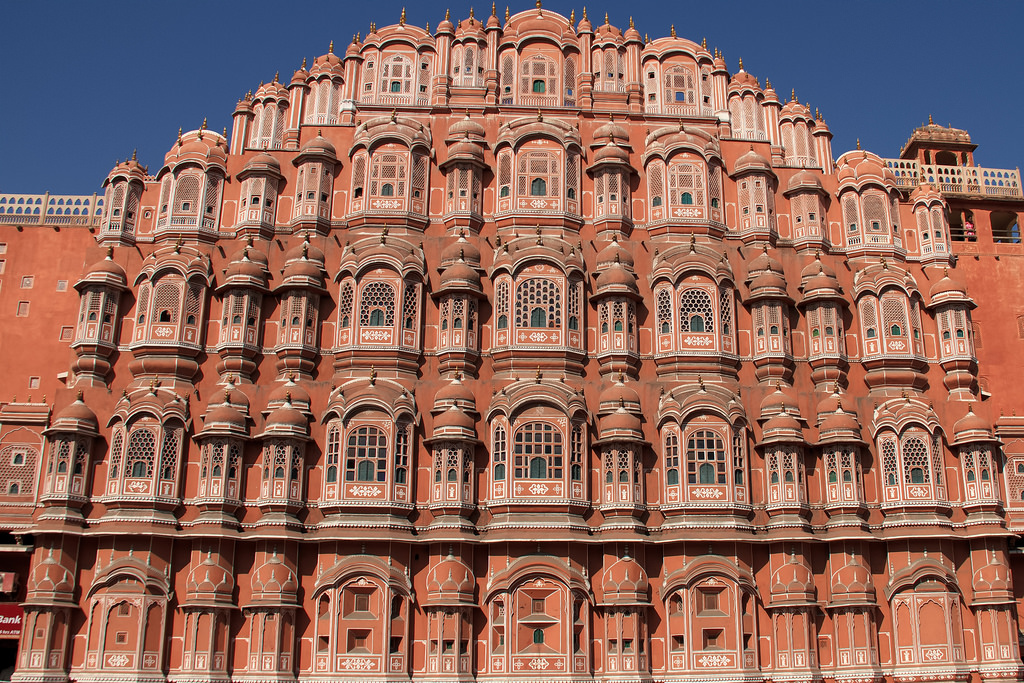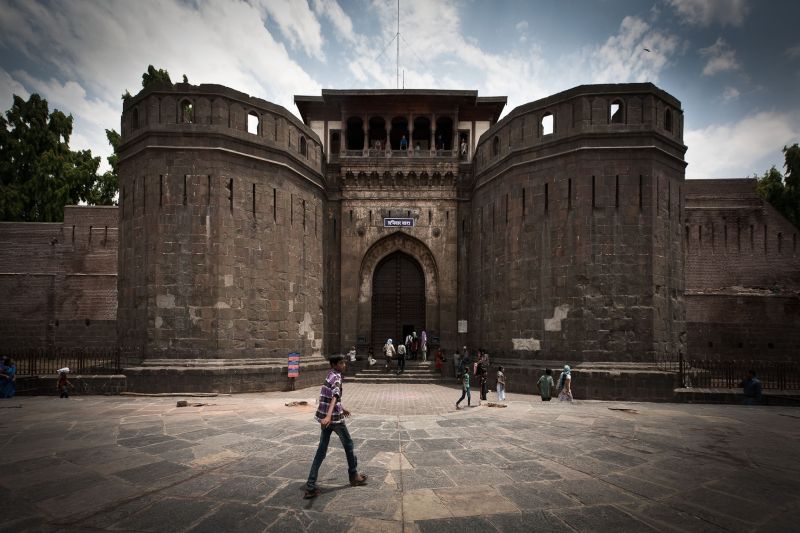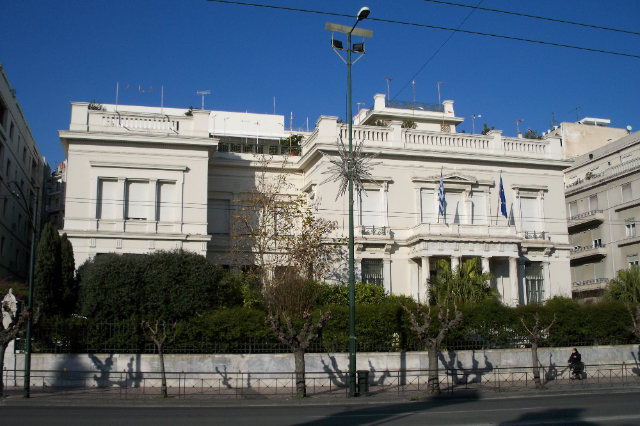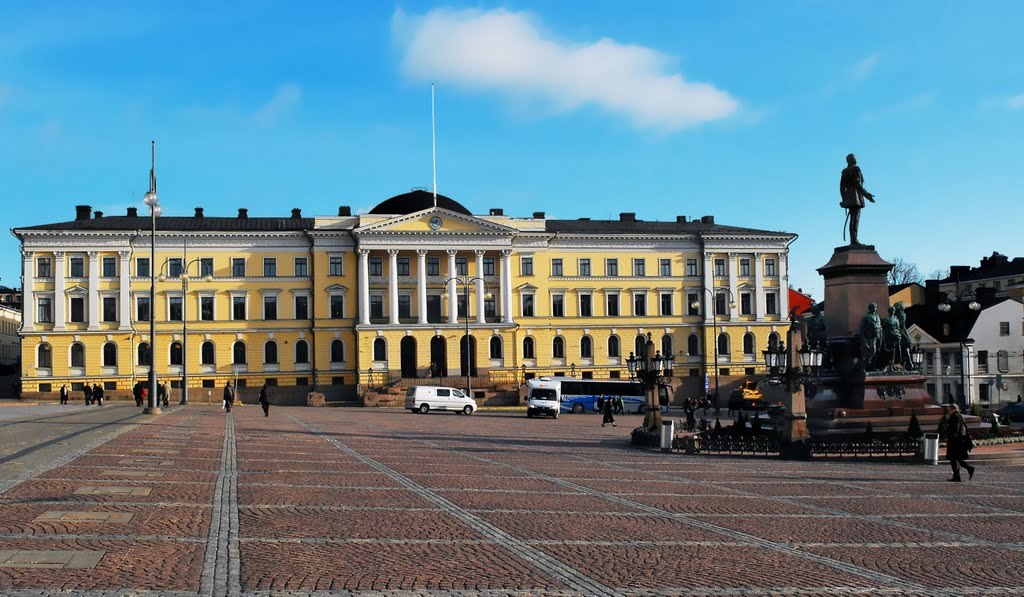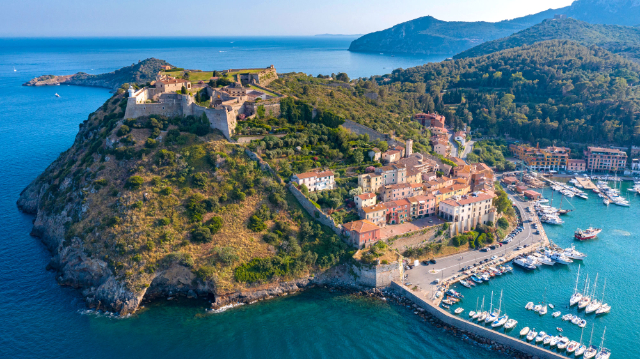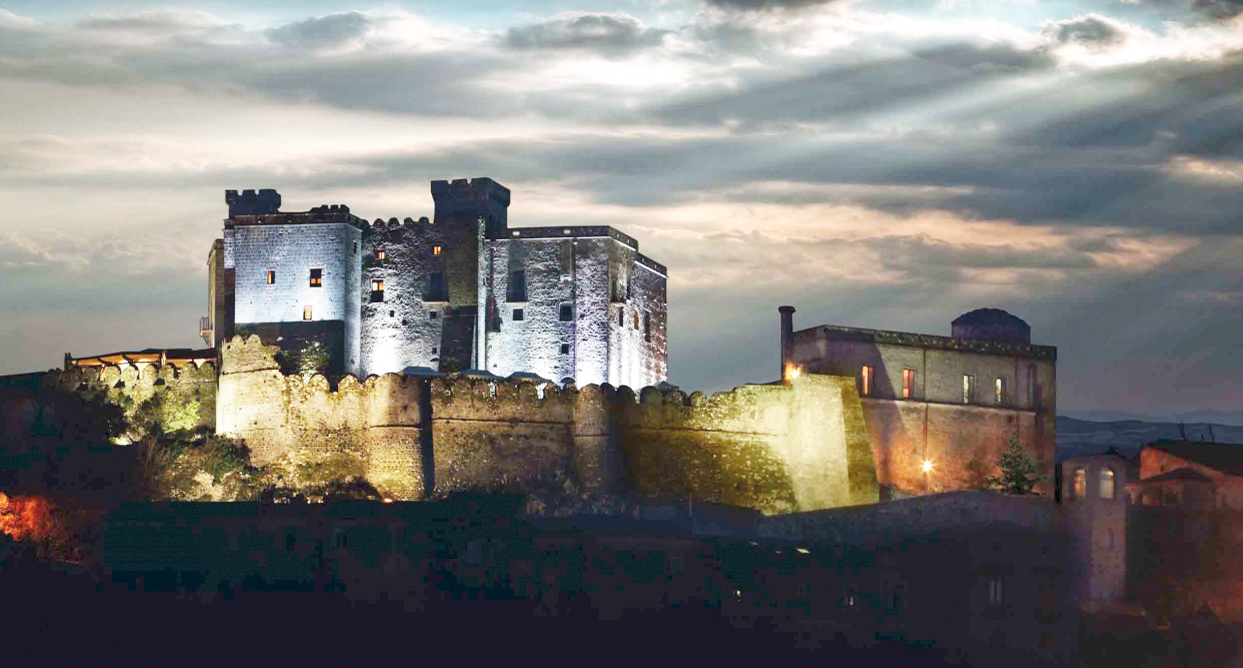While Jaipur is known as the "Pink City" for the trademark color of its buildings, Hawa Mahal, which translates to Palace of the Winds, is one of the most beautiful examples of the city’s rosy-hued architecture.
Built in 1799 by Maharaja Sawai Pratap Singh of the Kachhwaha Rajput dynasty, this beautiful structure is predominantly a high screen wall made of pink and red sandstone that facilitated royal women to get an eyeful of the street festivals and busy city life while remaining out of the view of public. This five-storey building in the shape of a crown of Lord Krishna with 953 jharokhas or windows and a beautifully decorated façade resembling a honeycomb of a beehive that gives one a feel of the rich heritage of the Rajputs.The architect of this unique five-storied pyramidal palace with a height of 15 m from its elevated base was Lal Chand Ustad. The design of the building showcases an excellent blend of Hindu Rajput architecture with that of the Islamic Mughal architecture. The former style is palpable from the fluted pillars, floral patterns and domed canopies while the arches and stone inlay filigree work are manifestations of the latter style.
Keeping in line with other famous landmarks of the city, which is aptly tagged as the ‘Pink City’, this monument was built with red and pink sandstones. Maharaja Sawai Pratap Singh’s devotion towards Lord Krishna is manifested from the design of the structure of the palace that resembles the crown of the Lord.
